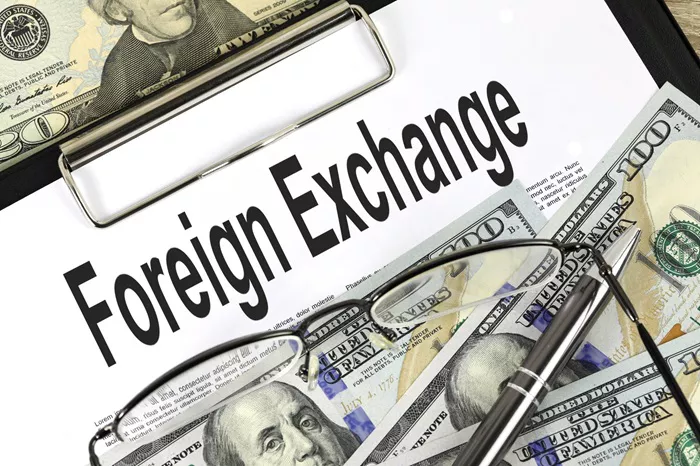Foreign exchange reserves, or forex reserves, are assets held by a country’s central bank in foreign currencies like the US dollar and euro. These reserves may also include gold, government bonds, and other securities.
Countries use them to support international trade, stabilize their currency, and boost investor confidence. Central banks keep these reserves as a safety net against economic shocks and to maintain financial stability.
When a national currency weakens or faces volatility, forex reserves act as a financial buffer to protect the economy. The size of a country’s reserves often shows its economic strength and strategic planning, reflecting its role in the global economy.
Here is a look at some countries with large foreign exchange reserves and the main reasons behind their holdings. All amounts are in US dollars.
Spain holds about $100 billion in reserves. Its strong tourism sector and foreign investments in infrastructure and real estate bring in significant foreign currency.
The Philippines has around $112 billion in reserves, supported mainly by remittances from overseas workers and exports like electronics, agriculture, and textiles.
Malaysia holds $119 billion, driven by exports of palm oil, natural gas, and a manufacturing base in automobiles and electronics.
Canada has $123 billion in reserves, thanks to its large exports of natural resources such as oil, gas, minerals, and timber.
The Netherlands holds $125 billion, benefiting from its role as a European financial hub and home to many multinational companies.
The Czech Republic has $149 billion, fueled by exports of electronics, consumer goods, automobiles, and foreign investments.
Turkey maintains $152 billion, with income from exports of automobiles, electronics, textiles, machinery, agriculture, and tourism.
Indonesia holds $159 billion, supported by exports of palm oil, textiles, oil, and gas.
On the global stage, the largest forex reserves belong to:
China, with over $3.57 trillion, uses its reserves mainly in US dollars, euros, yen, and gold to support its currency and trade.
Japan ranks second with $1.23 trillion, stabilizing the yen and backing its export economy.
Switzerland holds $952 billion, reflecting its status as a global financial center.
India is fourth with $686 billion, using reserves to support the rupee, control inflation, and maintain economic resilience.
Russia holds $620 billion, though sanctions have limited access to much of these funds.
Other top holders include Taiwan, Saudi Arabia, Hong Kong, South Korea, and Brazil, each with reserves ranging from $388 billion to $577 billion.
These reserves show how countries manage their currencies and economies amid global uncertainties. Asian and Southeast Asian nations dominate the top rankings, highlighting their strong trade and export sectors.
In summary, foreign exchange reserves are crucial for countries to protect their economies and maintain financial stability. The size and management of these reserves reflect each nation’s economic health and global economic role.
Related topics:


